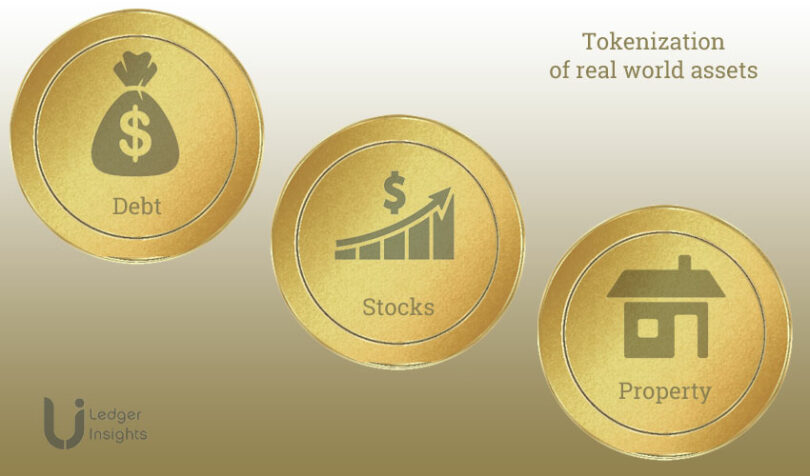On July 15th enterprise blockchain firm R3 released a tokenization interface and set of digital asset standards for its Corda platform. The Token SDK interface allows customers to represent any asset as a token and use Corda to trade and store it securely.
The enterprise blockchain platform already has capabilities for using financial and legal terms in smart contracts, along with private and scalable operations. R3 also designed Corda to have instant settlement finality and assets cannot be duplicated.
What makes yesterday’s release different from Corda’s existing enterprise services is the ability to create native tokens. Corda based tokens were first used in 2016 in Bank of Canada’s Project Jasper. But now the Token SDK allows for integrated creation using built-in token types representing many forms of real-world assets.
Shares, equities, and conceivably unused public transport tickets are just some of the things that could be tokenized for fast, secure trading. Currently, it can take days for share purchases to clear and ride tickets are rarely bought and sold due to lack of interoperability and trust.
There is a drive for tokenization too; this year 62% of securities traders said a permissioned network is the best way to store and issue digital assets. R3 claims that the Token SDK is addressing this demand.
Corda’s Cais Manai gives the example of interest rate swaps; person A pays person B a fixed rate while B pays A a variable rate, such as the Bank of England rate. “Now, the complexity of building a system that can handle this sort of interoperability may sound impossible, but that’s what Corda can do today, and tokenization is the gateway,” explains Manai.
The Token SDK utilizes Corda’s “unique” blockchain-based security and privacy layer, which integrates with current financial systems.
There are two main models used for recording blockchain tokens, unspent transaction output (UTXO) used by Bitcoin and account-based used by Ethereum. In the case of UTXO, Alice has two tokens, each with a value of $10. To pay Bob $15, she gives him one token in full and half of another and keeps the change – the $5 UTXO of the second token.
Manai states that: “The UTXO model that Corda employs has proven to be the most robust, powerful way of recording tokens on the blockchain. Rather than a stateful contract that everyone interacts with, you hold your own tokens. Your states are both stored by and controlled by your node.”
Yesterday’s announcement compares the new SDK and the accompanied standards to Ethereum’s ERC20, the main token standard which is used by most generic or fungible tokens issued on top of Ethereum.
Firms already using Corda tokens include SIX Digital Exchange, Tradewind Markets for precious metals trading, HQLAx for collateral trading, Ivno for instant transaction settlement and asset tokenization firm ValueOnChain.






